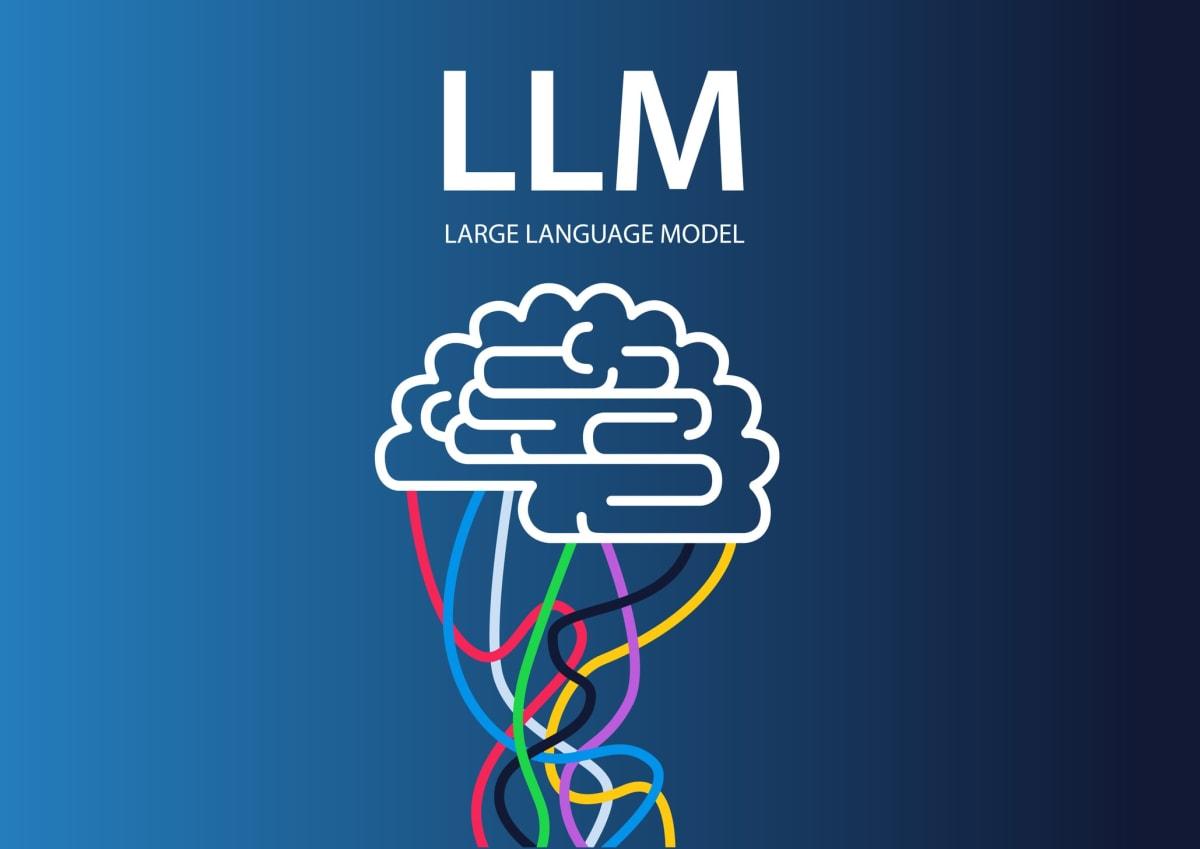Navigating the Ethical Considerations of AI in Education: What Educators and Institutions Must Know
Artificial Intelligence (AI) is transforming the educational landscape. From adaptive learning platforms to automated grading systems, AI-driven technologies promise to personalize learning experiences, streamline administrative tasks, and enhance decision-making.Though, as educational institutions increasingly integrate these innovations, it becomes paramount to address the ethical considerations of AI in education. Balancing technological advancement with the well-being, rights, and diversity of all learners is critical. This extensive guide explores what educators and institutions must know about the responsible adoption of AI, highlighting key ethical concerns, best practices, and actionable strategies for maintaining trust and equity.
Understanding the role of AI in Education
AI applications in education are growing rapidly,offering benefits such as:
- Personalized learning: AI systems tailor content to individual student needs,improving engagement and outcomes.
- Automated assessments: Machine learning algorithms can quickly grade assignments, providing instant feedback.
- Predictive analytics: AI can analyze data to identify at-risk students, allowing for timely interventions.
- Administrative automation: AI streamlines tasks like scheduling and admissions, freeing up educators to focus on teaching.
While these advancements offer transformative possibilities, they also introduce complex ethical challenges requiring careful navigation by educators and institutional leaders.
Key Ethical Considerations for AI in Education
Implementing AI technologies responsibly in educational settings requires deliberate attention to several core ethical issues:
1. Data privacy and Student Security
- collection and Usage: AI relies heavily on collecting and analyzing student data. Institutions must ensure that data collection is clear and limited to what is necessary for educational purposes.
- Data Protection: Robust cybersecurity measures should protect sensitive details from breaches or misuse.
- Consent: Students and parents should be informed about data collection practices and have the opportunity to consent or opt out.
2. Bias, Fairness, and Equity
- Algorithmic bias: AI systems can inadvertently perpetuate existing biases present in training data, affecting grading, admissions, or learning recommendations.
- Equitable Access: The deployment of AI tools must consider the digital divide to avoid deepening existing inequities among students from diverse backgrounds.
- Fair Outcomes: Continuous monitoring and auditing are essential to ensure that AI-driven decisions promote fairness for all learners.
3. Transparency and Accountability
- Explainability: Educators and students should understand how AI makes recommendations or decisions, promoting trust in the technology.
- Responsibility: Clear policies must define who is accountable when AI systems fail or make errors, ensuring human oversight at all stages.
4. Impact on Teacher Autonomy and Student Agency
- Augmentation, not Replacement: AI should empower teachers rather than replace them, supporting professional judgment and creativity.
- Student Voice: Learners should be actively involved in understanding and influencing how AI affects their educational journey.
Practical Tips for Educators and Institutions: Implementing Ethical AI
To foster an ethical AI ecosystem in education, schools and universities should consider the following best practices:
- Develop Clear Ethical Guidelines: Establish robust AI ethics policies aligned with institutional values and legal regulations, such as GDPR or FERPA.
- Prioritize Professional Development: Regular training and workshops can help teachers understand AI technologies and their ethical implications.
- Emphasize Stakeholder Engagement: Include students, parents, and educators in discussions about AI use. Their input should inform policy and practice.
- Conduct Regular Audits: Evaluate AI systems for bias, accuracy, and security, and be prepared to implement corrections as needed.
- Promote Digital Literacy: Teach students about AI, data privacy, and critical thinking to empower them as informed digital citizens.
- Establish Transparency Protocols: Clearly articulate how AI tools operate, what data they collect, and how their output informs educational decisions.
Benefits of Ethical AI in Education
- enhanced Trust: Transparent and responsible AI use builds trust among students, parents, and staff.
- Greater Equity: Proactively addressing bias helps ensure fair opportunities for all learners.
- improved Outcomes: Ethical AI supports data-driven, personalized learning that can boost academic achievement.
- Professional Empowerment: Teachers equipped with ethical AI tools gain more time for relationship-building and creative instruction.
Case study: AI in Higher Education – Lessons from the Field
Case: A major university piloted an AI-powered platform to flag students who might be at risk of failing courses. While the system efficiently identified students needing support, an internal review highlighted a disproportionate number of at-risk flags for minority groups.
- Problem Discovered: The algorithm was trained on historical data, which reflected prior systemic inequities.
- Outcome: The university assembled a cross-functional oversight group to regularly audit AI outputs for bias and revised data inputs to better reflect a diverse student body.
- Lesson: Continuous stakeholder involvement and data monitoring are essential for maintaining fairness in AI-driven interventions.
Firsthand Perspective: An Educator’s Experience Integrating AI in the Classroom
“When our school introduced AI-based personalized learning software, I was initially cautious,” explains Maria Sanchez, a middle school math teacher. “I noticed some students benefitted greatly, but others felt their progress was being evaluated by a ‘black box.’ By facilitating open conversations, involving students in setting their learning goals, and making the AI’s decision-making process transparent, I helped foster a healthier, more collaborative classroom environment. As teachers, our involvement remains key to ensuring technology serves all students equitably.”
Conclusion: Creating a Responsible AI Future in Education
The rapid adoption of AI in education presents both incredible promise and profound ethical responsibility. By thoughtfully addressing data privacy, bias, transparency, and stakeholder involvement, educators and institutions can harness the power of artificial intelligence while upholding the fundamental values of fairness, autonomy, and trust.
As AI continues to evolve, an ongoing commitment to ethical practices will ensure that technology enhances, rather than undermines, the educational experience. By staying informed, engaging openly with all stakeholders, and adopting clear policies, the educational community can navigate these complexities and unlock the full potential of AI for transformative learning.

